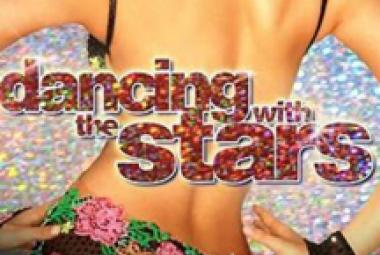“A Day in the Life” is the final song on the Beatles’ Sgt. Pepper’s Lonely Hearts Club Band album. Credited to Lennon–McCartney, the song comprises distinct sections written independently by John Lennon and Paul McCartney, with orchestral additions. While Lennon’s lyrics were inspired by contemporary newspaper articles, McCartney’s lyrics were based on reminiscences about his youth. The decisions to link sections of the song with orchestral glissandos and to end the song with a sustained piano chord were made only after the rest of the song had been recorded. The supposed drug reference in the line “I’d love to turn you on” resulted in the song initially being banned from broadcast by the BBC. Since its original album release, “A Day in the Life” has been released as a B-side, and also on various compilation albums. It has been covered by other artists, and since 2008, by McCartney in his live performances. It was ranked the 28th greatest song of all time by Rolling Stone magazine. On a different list, the magazine ranked it as the greatest Beatles song. (More from Wikipedia)
The Beatles performed a sort of mini-Wall of Sound at the close of their masterful Sgt. Pepper’s Lonely Hearts Club Band album, not long after Phil Spector came along. Following the second symphonic build-up within “A Day in the Life”, the orchestra swelled into a crescendo, and then there was a thunderous piano chord (an E-major chord to be exact). Many people who have been around a piano marvel at how long the instrument can hold a note; and here, the Beatles were dealing that expectation up in spades with a long, slow fade for nearly one full minute before the sound faded into background hiss.
Actually though, it wasn’t just one piano: John Lennon, Paul McCartney, Ringo Starr, and one of the Beatles’ roadies, Mal Evans were manning different pianos; while George Martin was playing the same chord on a harmonium. What’s more, the gain was gradually turned up as the chord faded in order to prolong the effect – at the end (they tell me), it is possible to hear background sounds in the recording studio: rustling papers, a squeaking chair, and the air conditioners.
(October 2013)















